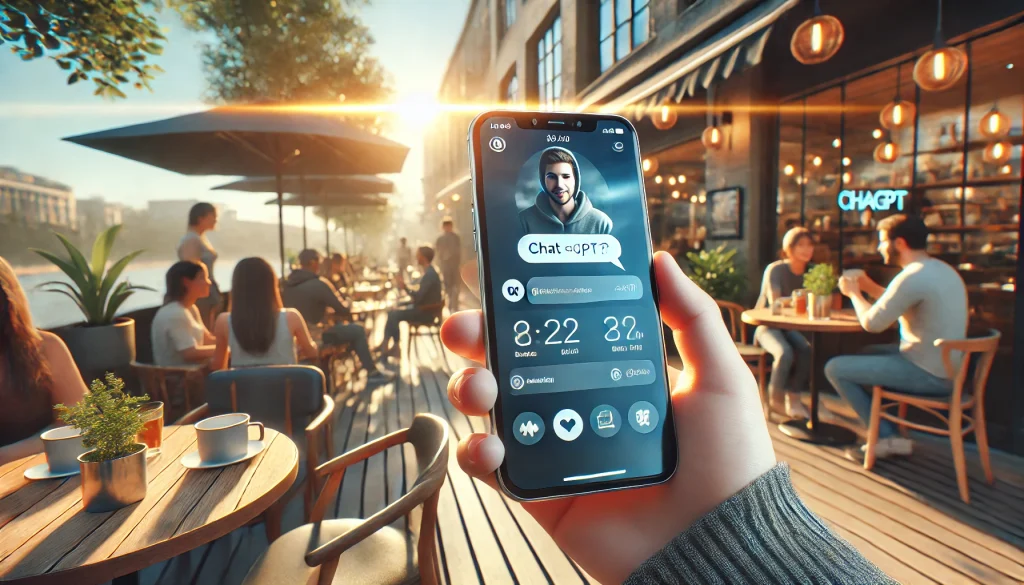Imagine scrolling through social media, bombarded by posts and ads, and suddenly something makes you stop. You laugh. Not just a polite chuckle, but a genuine “that’s hilarious” moment. You share it. You remember it. Congratulations, my friend—you’ve just been won over by brand humor.
In today’s world of endless content, humor is a powerful tool that can make your brand stand out like a flamingo in a flock of pigeons. It not only makes your message more memorable but also humanizes your brand and creates a connection with your audience.
But here’s the trick: humor is a double-edged sword. Used correctly, it can turn followers into lifelong fans. Used poorly, it can turn them away faster than dad jokes at a wedding. So, how do you strike the right balance?
Well, you’re in luck! This guide will teach you how to use humor to build your brand—without going overboard (no one likes a try-hard).
1. Know Thy Audience (Or Risk Awkward Silence)
Humor is subjective. What’s funny to one group might fall flat or even offend another. Imagine telling a joke at a family dinner that gets crickets. Now picture doing that in front of millions of potential customers. Yikes.
Before you even think about cracking jokes, ask yourself: who is your audience? Do they appreciate sarcasm? Are they more into light, playful humor, or would they prefer subtle wit?
A great example is Old Spice. Their outlandish, over-the-top humor resonates with their target audience—young men—because it’s bold, quirky, and downright absurd in the best way possible.
On the flip side, using humor that’s too edgy or niche could alienate people. Pro tip: use humor as a seasoning, not the entire dish. It should complement your message, not dominate it.
2. Stay on Brand (Don’t Let the Funny Become the Fuzzy)
Picture this: you come across a brand that’s hilarious, but you can’t remember what they sell. Whoops! That’s a classic case of funny over function.
Humor should support your brand’s identity, not confuse it. The best comedic marketing serves to reinforce your values and goals. You want people laughing, sure—but also remembering why they love your product.
Take Wendy’s, for example. Their Twitter account is notorious for witty roasts, but it works because it fits their brand’s bold, no-nonsense attitude. It’s not just funny for the sake of being funny—it’s strategically funny.
In contrast, a financial consulting firm trying to post memes could come off as… odd. Why? Because humor doesn’t align with their core brand identity (unless they’re the funniest accountants in the world, in which case, where do I sign up?).
3. Timing Is Everything (No One Laughs at Yesterday’s Joke)
There’s nothing worse than a brand trying to be funny and… being late to the party. The timing of your humor can make or break your message.
If you want to jump on a meme or trend, be quick. A joke that’s too late is like serving stale cake—no one wants it. But don’t rush! Make sure your joke or meme aligns with your brand, and don’t force humor where it doesn’t fit.
Think of Oreo’s iconic Super Bowl tweet during the blackout: “You can still dunk in the dark.” Timely, clever, and on-brand. That’s how you use humor to be relevant without being cringe.
4. Don’t Offend (Seriously, Just Don’t)
This should go without saying, but I’m going to say it anyway: Don’t cross the line. Offensive or inappropriate humor can quickly turn into a PR nightmare. The internet is forever, and one bad joke can live on in infamy.
When in doubt, play it safe. Avoid humor that targets sensitive topics, specific groups, or controversial issues (unless, of course, your brand thrives on controversy—but be warned, that’s a high-stakes game).
Remember Pepsi’s ill-advised ad featuring Kendall Jenner? They tried to use humor and social commentary but ended up trivializing serious issues. It was tone-deaf, and people didn’t laugh—they revolted.
5. Use Relatable Humor (Make Them Say “Same!”)
Want to get a laugh? Make your audience relate. Humor that taps into common experiences or shared struggles tends to perform well. It’s that moment when someone reads your post and says, “OMG, that’s so me!”
Relatable humor helps create an emotional connection. People are more likely to engage with content that mirrors their own experiences. Take Netflix’s lighthearted social posts about binge-watching or forgetting passwords—it’s stuff we all deal with, and that’s why it works.
This type of humor feels authentic and helps to humanize your brand. And when your audience feels like you “get” them, they’re more likely to stick around.
6. Mix Up Your Media (Visual Humor = Gold)
You know the saying, “A picture is worth a thousand words”? Well, in the world of brand humor, a well-timed GIF, meme, or video can be worth a thousand laughs.
Visual humor grabs attention faster than text alone. It also helps reinforce your joke. Think about Dollar Shave Club’s viral launch video. The humor was off-the-wall, but the visual gags cemented the brand’s laid-back, irreverent vibe.
Don’t be afraid to dive into memes, illustrations, or short, witty videos. Just make sure they fit your message and don’t overwhelm your audience with too much visual clutter.
7. Know When to Rein It In (Not Every Post Needs a Punchline)
While humor is a great tool, it shouldn’t be your only tool. Imagine if every single social post was a joke. After a while, it would start to feel forced, like a comedian who won’t stop telling jokes at a funeral (awkward).
Balance is key. Use humor strategically and sparingly, mixed with informative or emotional content. If your brand is serious, it’s okay to only throw in a dash of humor here and there.
Remember: you’re not trying to be a stand-up comedian. You’re trying to build a relationship with your audience, and humor is just one way to do that.
Conclusion: Laugh Your Way to Brand Loyalty
Humor is a powerful tool to build a brand that’s not just recognized, but loved. When used wisely, it can humanize your company, create lasting memories, and—most importantly—make your customers feel connected to you.
Just remember, like seasoning in a dish, a little humor goes a long way. Stay true to your brand, keep it relatable, and never forget who’s on the receiving end of your jokes.
Now go forth, crack a smile (and maybe a joke), and build a brand that’s as hilarious as it is successful!







